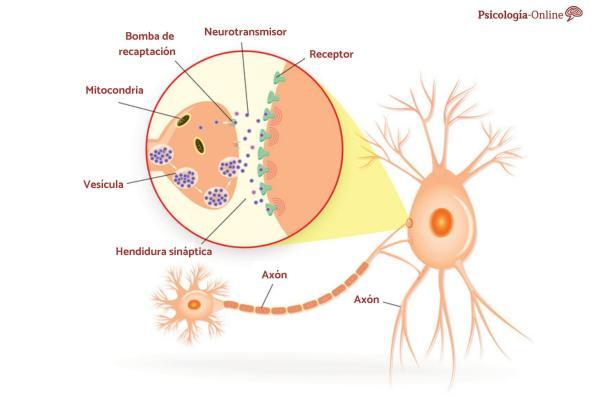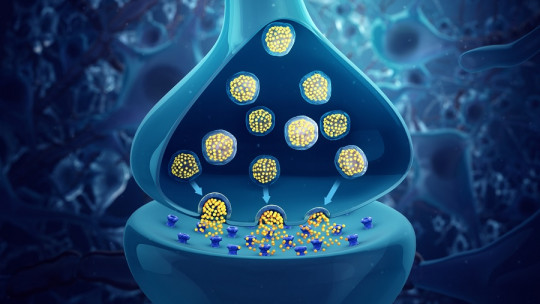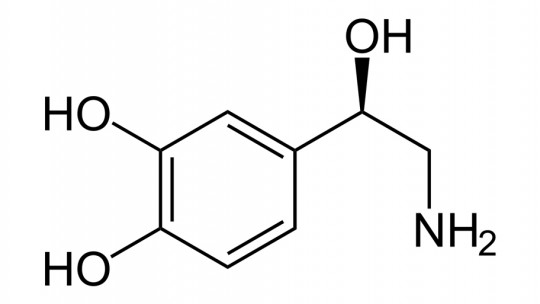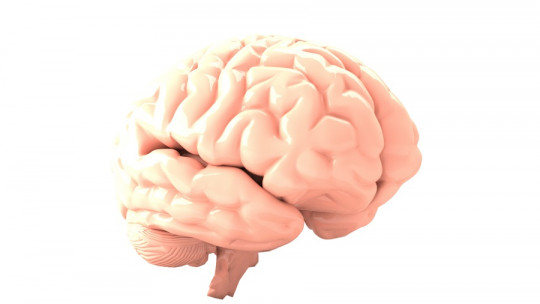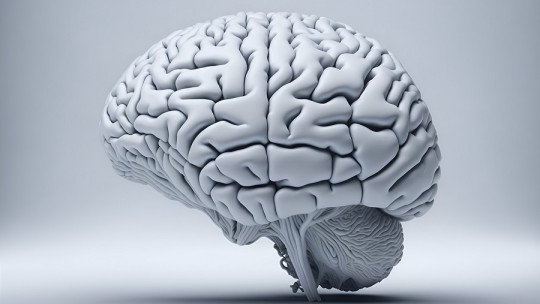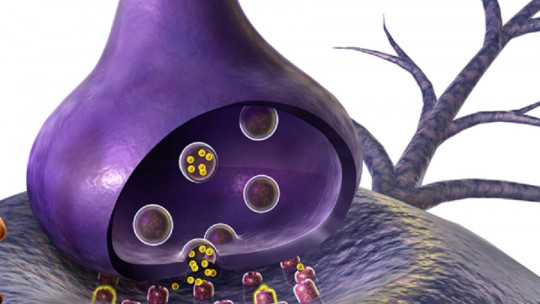There is not only one sadness hormone, there are several of them that turn out to be involved in the formation of our emotions. Monoamines such as serotonin and norepinephrine are also involved in this process.
There are several studies that maintain that depression may be due to a reduced level of activity in various synapses (neuronal communication), although others give greater importance to other specific neurotransmitters (dopamine, oxytocin and opiates). In this article we will see What are the hormones involved in the sadness process? as well as other intervening factors that make its production and operation possible.
Is there only one sadness hormone?
For our body or organism to function in optimal conditions, the correct functioning of our hormones is important (that there is a balance and regulation), since these play fundamental roles in what corresponds to our vital functions and those that have to do with the control of basic biological processes such as sleep and hunger. Hormones also have a very important and fundamental role in the control and regulation of our mood , thoughts and our behaviors. It is very common to believe or think that we have control over our emotions and thoughts.
However, hormones play a very important role in the various actions we carry out, especially in everything we think, do and feel. There are four main hormones that are related to emotional states of sadness, among them are the monoamines, specifically serotonin and norepinephrine, as well as glutamatergic hormones such as GABA and glutamate.

Thus, there is not only one or two, but there are more hormones involved with sadness, specifically: serotonin, norepinephrine, glutamate, GABA, glutamate, oxytocin, melatonin, thyroid hormones, adrenaline, estrogens and progesterone. All of these hormones are synthesized in neurons and spread throughout the body and affect our brain by emitting what is known as an action potential, a type of tiny electrical discharges that move information from one neuron to another. We will see how sadness hormones are produced in the following sections.
1. Norepinephrine
This is a hormone and neurotransmitter that increases blood pressure and heart rate and is generated by the degradation of tyrosine to become catecholamine.
This hormone enters the catecholaminergic neurons through a transport mechanism which is shared by other amino acids. When it is already inside the neuron, together with other enzymes it is converted into L-DOPA and then into dopamine. Once dopamine is synthesized, it enters the synaptic vesicles. Then, they are degraded by monoamine oxidase, another part enters the vesicles and another will be degraded before entering the cell, the latter will enter the blood and will be eliminated through urine.
2. Serotonin
To understand why serotonin is a hormone that generates sadness, it is important to know the process by which it is synthesized in our body. through the amino acid tryptophan First, tryptophan enters serotonergic neurons through a transport mechanism; once inside, tryptophan is transformed into 5-HT tryptamine (serotonin).
Then, serotonin is established inside the synaptic vesicles and is released when the calcium channels open. A large part of the serotonin will end up being degraded; However, a part of it could enter the vesicles and be used as a neurotransmitter. Likewise, the resulting products will end up in the blood and will be evacuated through urine.
3. Gamma-aminobutyric acid (GABA)
GABA, known as gamma-aminobutyric acid, is the main neurotransmitter with an inhibitory function that our body has. As we have been describing each of the hormones that are involved in our emotions, GABA does not turn out to be foreign to this either, since It is synthesized by glutamate decarboxylase in neurons This assimilation occurs in the terminal button. Then, they adhere and are stored in the synaptic vesicles and are deactivated by the reuptake of the glial and the terminal button by high affinity markers that manage to recognize GABA and transport it into the cell.
4. Glutamate
Glutamate is a hormone and neurotransmitter, like all the hormones that have been mentioned so far. Its synthesis can only occur if there are glutamine reserves, since this is its precursor At the same time that it is manufacturing, it is capable of regulating its synthesis so that glutamate inhibits glutamine through a process of inhibition of the final product. Specifically, glutamate adheres to synaptic vesicles and is released when calcium channels open. This hormone produces its effect in the postsynaptic membrane and is deactivated for neuronal reuptake. The glutamate that enters the glial cells will be transformed into glutamine by the mechanism of action of the enzyme glutamine synthetase and will help to transform more glutamate again.
5. Oxytocin
Oxytocin is a hormone that intervenes in the regulation of our social behaviors , whether in relationships, friendship, parenting, even in sex. For this reason, when oxytocin levels decrease, moods such as sadness or depression appear. Therefore, when oxytocin levels decrease, the behavioral changes that the person or individual may have can be observed, mainly in their psychosocial behaviors, since when this hormone decreases, empathy levels are reduced.
6. Melatonin
Melatonin is a hormone that is linked to sleep and adequate rest. However, despite having this function in our body, this hormone is also related to levels of sadness and apathy because when levels are reduced, difficulties such as insomnia appear, which impairs sleep and good rest. In this way we can understand that its deregulation also ends up harming adequate levels of emotional stability. Melatonin is involved in many aspects such as stopping neuronal aging, which would protect our neurological system.
7. Thyroid hormones
These hormones also have a very important role in the metabolic processes carried out in our body. In cases of hyperthyroidism and hypothyroidism, states of sadness usually occur which turn out to be sudden in the subject as well as mood changes and a probable tendency to present depression. It is for this reason that thyroid hormones would also play a fundamental role in the appearance of feelings of sadness and this will happen when unevenness or imbalances occur that would unbalance our emotions.
- You may be interested: “Hypothyroidism: symptoms, causes and treatment”
8. Adrenaline
Adrenaline has a role as a neurotransmitter and hormone; therefore also It is responsible for the various changes in mood that we can have in situations that turn out to be stressful or exciting. This neurotransmitter increases our heart rate, improving the passage of blood to the blood vessels. It is for this reason that a high level of adrenaline could lead us to anxious symptoms or high levels of anxiety that could also generate apathy, sadness or even depressive symptoms.
9. Estrogens and progesterone
Progesterone and estrogen are present to a greater extent in women than in men. Likewise, the two They tend to be related to fertility, sexual reproduction and the menstrual cycle However, it also plays a very important role in regulating our emotions. Unbalanced levels of estrogen and progesterone can lead to the appearance of sadness, mood swings and irritability.


